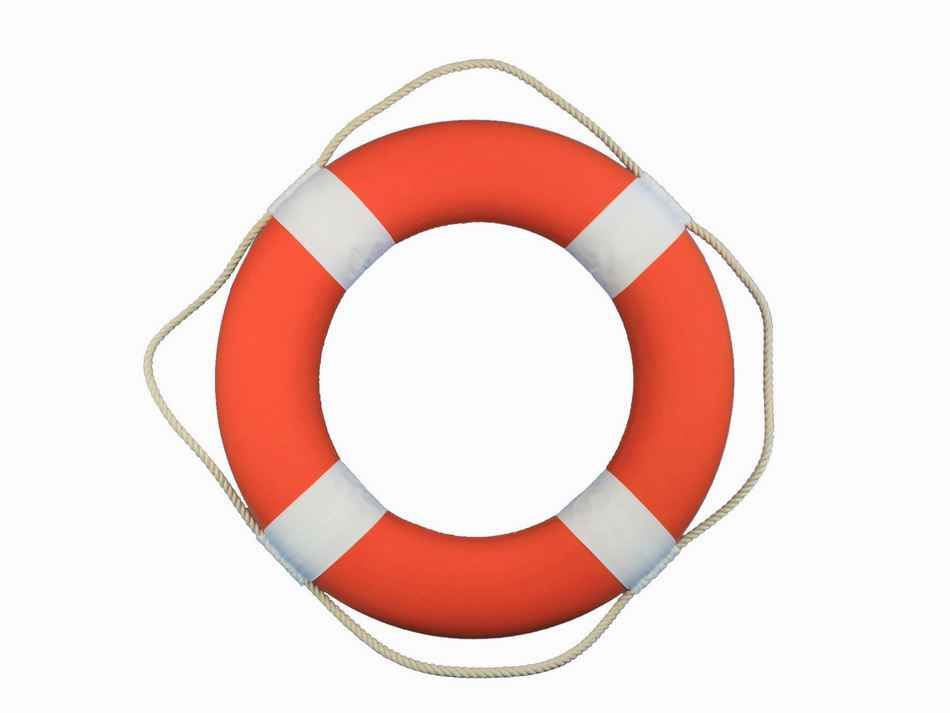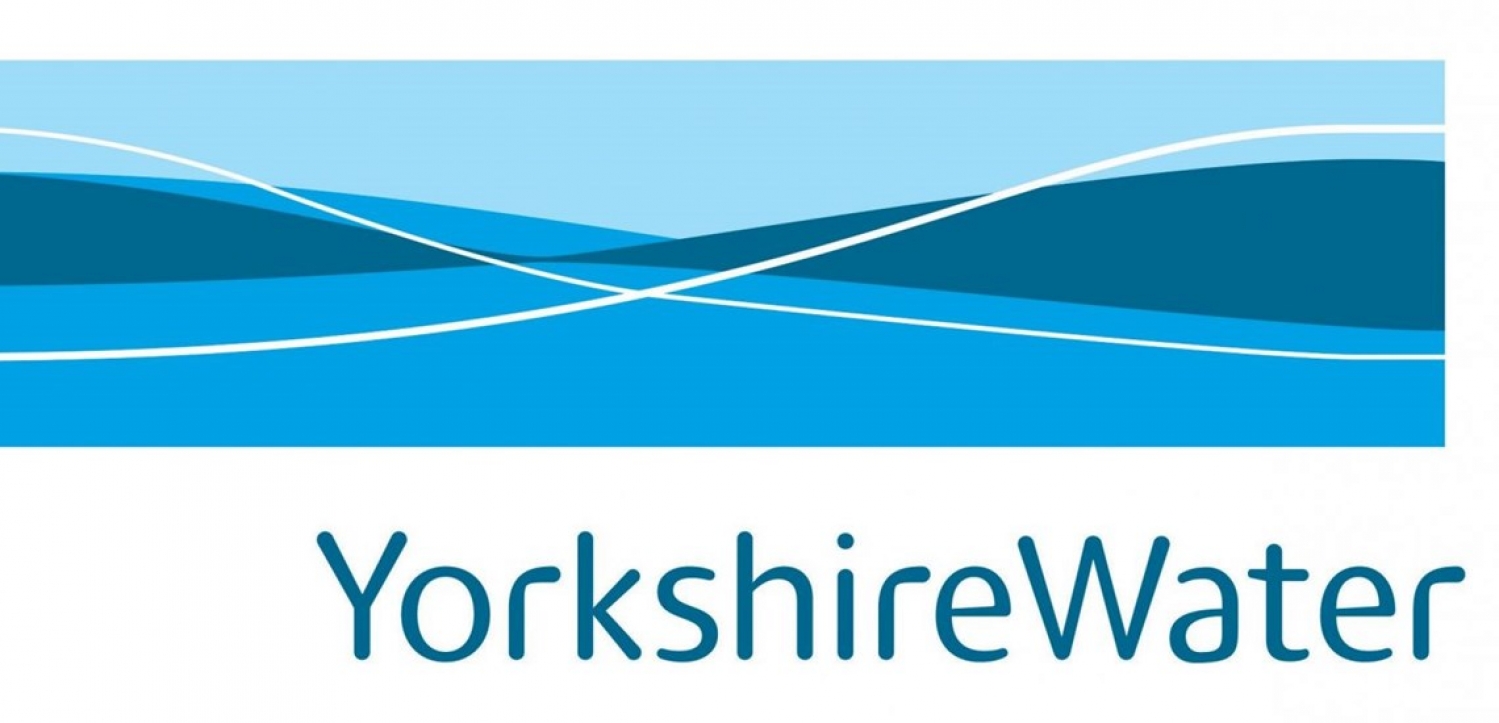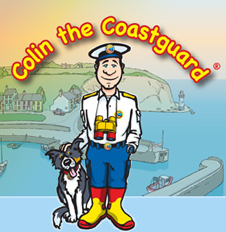Water Safety
Drowning is among the leading causes of accidental deaths and claims the lives of more than 50 children every year in the UK.
Under-estimating the dangers of water can have tragic consequences. You can't always see the danger hidden below the surface. Water is unpredictable and even the strongest swimmers can get into trouble quickly.
Children are often drawn to open water particularly during the summer months, this includes places such as the sea, lakes, reservoirs, ponds, canals, rivers, and even paddling pools.
The key to staying safe is making the right choices to avoid getting into difficulty in the first place. Please check out our guidance below for top tips, facts and resources on staying safe around water.
Remember if you are in danger, or you see someone in danger call 999
In inland water, ask for FIRE
In the sea, ask for the COASTGUARD
If someone has gone under the water and cannot be seen, ask for POLICE
Autumn/Winter Water Safety
Waterways, reservoirs, and lakes are beautiful places to visit in all seasons, especially in autumn with the golden leaves and winter with snowy landscapes and frosty surroundings, however it is important to stay a safe distance from the waters edge and remember it is freezing cold and dangerous to enter.
Below are some tip tips for staying safe around water in the colder months:
- Keep away from the edge - fallen leaves and snow can make it difficult to see where the path stops and water starts
- Keep dogs on their leads – keep dogs on their leads when near ice and don't throw sticks or toys onto the ice
- Teach children not to go on the ice – it's important for children not to go on the ice under any circumstances
- Tell someone where you are going – in case you are out for much longer than you say, you can be found more easily
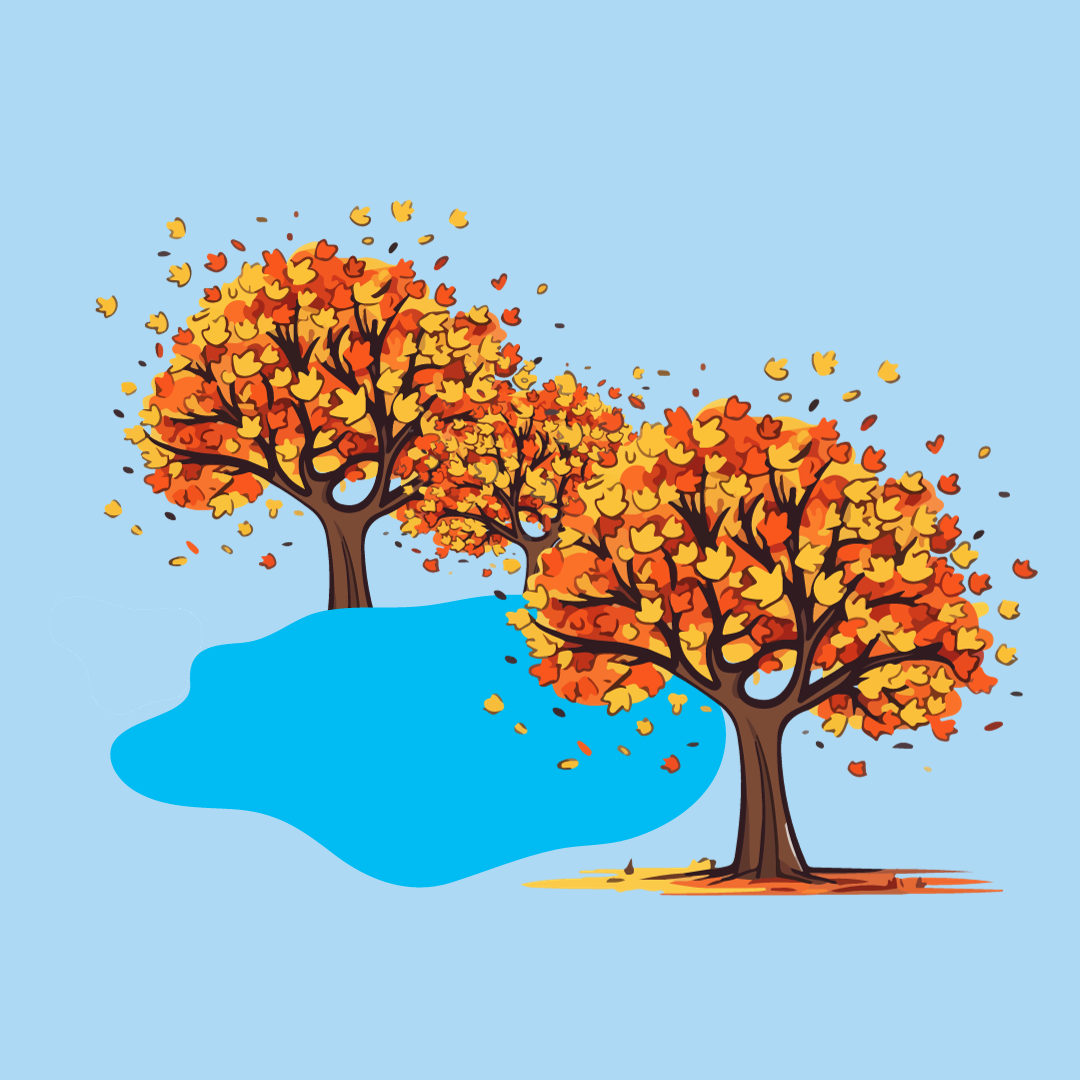
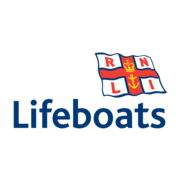
RNLI - What to do in an Emergency?
FLOAT TO LIVE
1. Fight your instinct to thrash around
First keep calm and try not to panic, your instinct will be to swim hard, don’t
2. Lean back
Lay on your back and float like a starfish if you get into trouble in the water, breathe slowly, then you can make a plan or swim to safety if possible
3. Gentle movements
If you need to, gently move your arms and legs in a sculling motion (a bit like when using an ore in a boat)
4. Catch your breath
Float until you can control your breathing. Do this for 60-90seconds or until you feel calm
5. Now think about how to get out
Only now can you think about the next steps
Top tips for staying safe in and around water
-
Stop & ThinkShow details
– Take notice of safety information, warning safety signs & flags. Go to a lifeguarded beach or venue and swim between the red and yellow flags
– Do not use inflatables in open water
– No matter how warm it is on land, water is always cold. Be aware of Cold Water Shock
– Stay out of water near locks, bridges, weirs, sluices, & pipes as these structures are often linked with strong currents, do not jump in to water from height
-
Never go near open water aloneShow details
– Stay away from open water when you are alone. Always make sure you are with a friend or family member if you are going for a walk or a day out near open water
– Look out for your friends and family, and ensure everyone is staying safe together
-
If you or someone else if in danger in the water, CALL 999Show details
– Do not enter the water or onto the ice to rescue someone yourself, wait for help
– Never enter the water or onto the ice to rescue a pet / animal
– You are more help if you remain on the land. Remain calm and call 999. Be a lifesaver!
-
Talk, Throw, Reach & EncourageShow detailsIf you are trying to help someone who has fallen into or entered the water, you must remain calm and think clearly.
Shout for help and call 999. Always avoid entering the water yourself, instead try following the sequence below:TALK: Be clear and positive in your instruction. Talk the into a safe place.
THROW: Ideally a piece of rescue equipment, however you need anything that will float. (lifering, a throw bag filled with rope, or other public rescue aid equipment).
REACH: Only if they are close to the edge can you try and reach for them. Ensure you are as close to the ground as possible, so you also do not fall in.
ENCOURAGE: Encourage anyone who has been in open or cold water to go to hospital. If an ambulance has been called, ensure the person is calm and warm until they arrive.
Be Water Wise -
Teenagers
In this short film created by Wakefield Council and Partners, we see Caleb jump into the water following peer pressure from his friends.
- What happened when Caleb entered the water?
- Do you think he got cold water shock?
- Was it deep and were there currents in the water?
- How do his friends feel?
- His parents have to celebrate his 18th Birthday without him, how does that make you feel?
Where can I find out more information on Water Safety?
The agencies listed below have a variety of resources to help you feel safer around water.

Resources for Schools / Colleges
Additional water safety resources for Schools and Colleges can be found here.
For age appropriate resources and videos, including how to Float to Live and stay safe in and around water, please click on the link above and scroll down to ‘Water Safety‘.
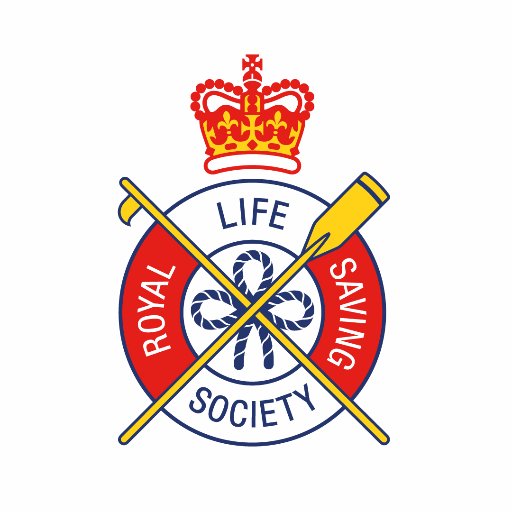
Royal Life Saving Society UK - RLSS UK
The Royal Life Saving Society UK are a registered charity whose aim is to share resources, knowledge and expertise with as many people as possible, giving everyone the potential to enjoy being in, on and around water safely and save lives.
- They have created a range of resources for Pre-School, Primary School and Secondary School children, that can be accessed here
- Don’t Drink and Drown is a national campaign by the Royal life Saving Society UK that warns of the dangers of drinking alcohol and being near water. Click here to watch the video and here to access the resources (appropriate for children aged 15+)
Filling Up Film
This hard hitting film focuses on a boy who meets his friends near a river and takes part in a dare which has tragic consequences.
Developed by Derbyshire Fire and Rescue with HROC and produced by Chrome Productions Artem SFX.
The RNLI provide 24 hour rescue service, through the lifeboats and the lifeguards who patrol 248 beaches across the UK. They influence, supervise and educate people on the dangers of the water and how to stay safe.
- Summer is the busiest time of the year for the RNLI, click here to read their safety information, on knowing the risks, how to call for help and much more
- The RNLI’s short ‘Respect the Water’ and ‘Float to live’ video is factual and interesting
- For Primary aged children, watch the catchy Seaside Safety Song here
- For more information on how to stay safe in the water, specifically aimed at children and young people, click the button below!
Cold Water Shock
Cold Water Shock (CWS) is an involuntary response by the body being suddenly or unexpectedly immersed into water which has temperature of less than 15 degrees.
Your body's reaction to CWS will affect your ability to move and may seriously affect your breathing.
Watch the video to know what to do in overcoming cold water shock should you ever find yourself in that position

Wakefield Council
Wakefield Council offer a schools swimming and water safety programme, along with water safety assemblies, bookable water safety sessions during school holidays as a part of the aquatics holiday programme and water safety advice.
- For summer and winter water safety advice, please click here
- The only safe place to go for a swim are places specifically designed for swimming. For details of swimming lessons taking place across the district check out what is on offer at your local Aspire leisure centres
Credit: Wakefield Council, WSCP, West Yorkshire Fire & Rescue, Canals & Rivers Trust, West Yorkshire Police, West Yorkshire Ambulance Service, Yorkshire Water.
Colleagues across Wakefield have created a film to bring home to hard hitting realities of swimming in open water.
With the help of Sam Teale Productions and local actors, three real life scenarios have been created to show you what can happen when you enter open water and the impact this has on the people you leave behind.
In the his short film we are made aware of the dangers of open water, when Amy enters to rescue her dog.
During this short film, we see Harris, a non-English speaking man unable to read the water safety signs and enter the water.
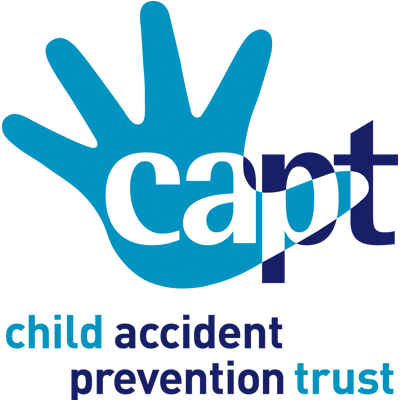
Child Accident Prevention Trust (CAPT)
The CAPT have created a handy leaflet on Water Safety, that can be printed off and handed to parents.
The document highlights the dangers posed when a child is left unsupervised for a short period of time, even in the shallowest of water.
To access the leaflet, please click here.

West Yorkshire Fire & Rescue
West Yorkshire Fire and Rescue provide a 24hour service to people in the UK. They attend fires, road traffic collisions, and rescue operations on land and in the water.
Do you know who you need to call if you are in danger in the water, or if you see someone in danger in the water? Call 999 and ask for FIRE.
In 2021, there were a total of 124 water rescue incidents attended to by Fire Services in Yorkshire and the Humber in 2021 (57 in West Yorkshire), with 23 fatalities recorded in Yorkshire and the Humber during the 12-month period.
-
Float to Live & Cold Water Kills FlyerShow detailsFlyer by West Yorkshire Fire & Rescue
Water Safety
West Yorkshire Fire & Rescue, have joined up with Yorkshire Water to explain the risks and hidden dangers of swimming in open water.
Remember to stick to the designated swimming areas and do not be tempted to cool off in any open water.
If someone is in trouble in the water, call 999 and importantly ask for the FIRE SERVICE as they have specialist water rescue equipment.
NEVER enter the water to attempt a rescue!
Explorers by the Canal & River Trust is a section of their website dedicated to water safety for Children and Young People.
- For summer water safety, please click here
- For winter water safety, please click here
- For activity packs, challenges, posters, videos and lots more information and resources, please click here
- Click on the button below for a video that helps children understand water safety rules, outlines why it is important to have rules when playing near water, and how to help in an emergency
Yorkshire Water own and manage over 100 reservoirs in the Yorkshire area. They help maintain the reservoir and ensure the warning signs are clear and contain up to date information.
- To understand the dangers of cold water, biggest risks to be aware off in and around reservoirs and advice on what to do in an emergency please click on the button below
Reservoir Safety
Yorkshire Water have created this short film outlining the risks and dangers of entering and swimming in reservoirs
A quick dip isn't worth your life.
Colin the Coastguard is an interactive website for young children.
- There is a variety of fictional characters who have varying jobs surrounding keeping you safe in the water
- Their website contains adventure story books, safety posters and free activity sheets, click on the button below to check these out!

Royal Society for the Prevention of Accidents - RoSPA
Everything the RoSPA do is guided by two core principals, their vision and their mission.
Vision: Life, free from serious accidental injury
Mission: Exchanging life-enhancing skills and knowledge to reduce serious accidental injuries
It is wonderful to be outdoors, having fun in water, in a pool and on the beach – but it’s important to be aware of the risk that water poses to children and young people.
- To view their Water Safety Code, please click here
Garden Ponds
Garden ponds are great! They're nice to look at, good for wildlife... Unfortunately they're not so good for children.
There are a number of easy options that can be taken to give parents and carers peace of mind and make ponds safer:
- Grille It
- Fence it
- Fill it
Water Safety Symbols
There are three main types of water safety signs you will find when you are around water. Each one has its own meaning, but all of them work to the same system.
To access a poster of the national water safety signs, please click here.

Prohibition
Signs that mean you should not do something, are always:
- A red ring shape, with a line running through
- White background, red line and black symbols or shapes
- They inform you of things you are not supposed to do
These signs tell you that it would be dangerous to do something,or go in that place.
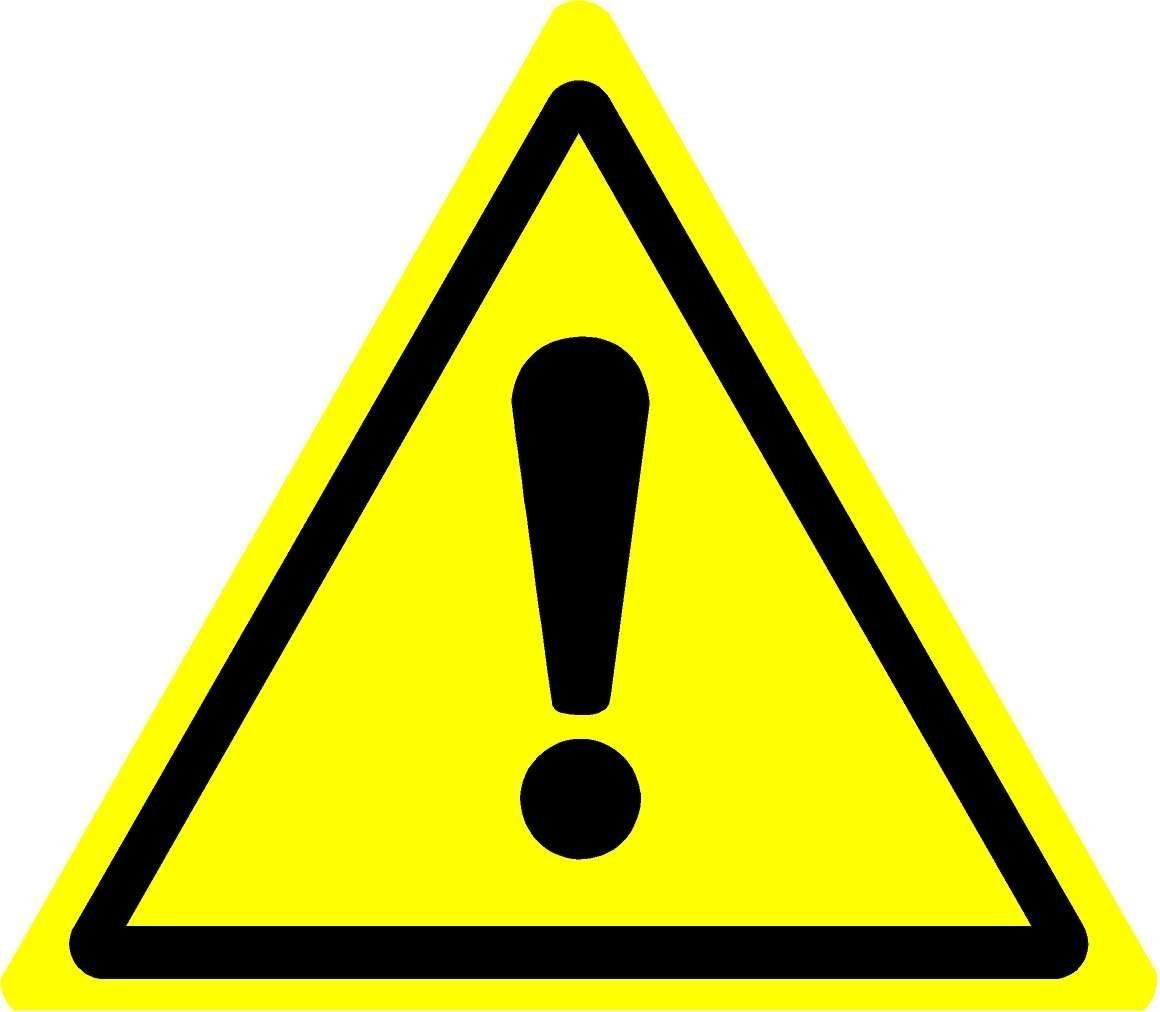
Hazard
Signs that warn you of danger, are always:
- Triangle shaped
- Yellow background, with black symbols
- They are placed to help you spot a hazard that is not always obvious
They mean that you should be aware of something.
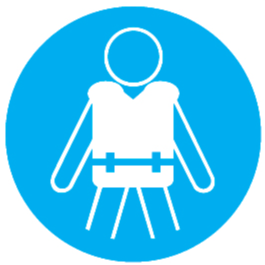
Mandatory
Signs that mean you should do something, are always:
- Blue and circle shaped
- White symbols or shapes
- They inform you of things you need to do
These signs tell you that you should do something to be safe.
-
BridgesShow detailsA structure carrying a road, path or railway etc across a river, road or other obstacle.
Never jump or tombstone into water from a bridge. You will not be able to estimate how deep the river is.
Sudden emersion in cold water can cause your body to go into shock.
-
CanalShow detailsA long, thin stretch of water that is artificially made either for boats to travel along or for taking water from one area to another.
-
LakeShow detailsA body of water that is surrounded by land.
-
LocksShow detailsThey are structures that allow boats to travel up and down a water way.
Never swim in or near a lock, even if there are no boats around. The gates can without warning, slam shut with great force created by water pressure.
Some locks have guillotine gates as they open strong currents pour through or beneath these gates. Never swim near or climb on these structures. The moving parts which lift the gates are dangerous and can trap or injure you.
-
PondShow detailsA small area of still, fresh water.
It is different form a river or a stream because it does not having moving water and it differs from a lake because it has a small area. Some ponds are formed naturally, filled either by underwater spring or by rain water, sometimes know dewponds. Other ponds are artificially made.
-
ReservoirShow detailsA large natural or artificial lake used as a source of water supply.
-
RiverShow detailsA large natural stream of water flowing towards the sea, lake or another river.
-
SluicesShow detailsStructures that control the flow of a river.
Some open and close automatically without warning.
The rush of water as it empties into the river, will sweep away anyone swimming near these structures. Do not climb these structures, or enter the water, or swim near a sluice.
-
StreamShow detailsA small narrow river.
-
The SeaShow detailsThe salty water that covers a large part of the surface of the earth, that is partly or completely surrounded by land.
-
WeirsShow detailsStructures that help to maintain water levels.
Water currents at weirs form stoppers these are very strong currents that can drag you under the water and hold you there.
Do not climb on these structure, or enter the water, or swim near a weir.

